Ashish Sharma
Building Blocks of RAG: From Understanding to Implementation
#1about 2 minutes
Tech stack for building a RAG application
The core technologies used for the RAG implementation include Python, Groq for LLM inference, LangChain as a framework, FAISS for the vector database, and Streamlit for the UI.
#2about 1 minute
Understanding the fundamentals of large language models
Large language models are deep learning models pre-trained on vast data, using a transformer architecture with an encoder and decoder to understand and generate human-like text.
#3about 3 minutes
The rapid evolution and adoption of LLMs
The journey of LLMs has accelerated from the 2022 ChatGPT launch to widespread experimentation in 2023 and enterprise production adoption in 2024.
#4about 2 minutes
Key challenges of LLMs like hallucination
Standard LLMs face significant challenges including hallucination, unverifiable sources, and knowledge cutoffs that limit their reliability for enterprise use.
#5about 1 minute
How RAG solves LLM limitations
Retrieval-Augmented Generation addresses LLM weaknesses by retrieving relevant, up-to-date information from external data sources to provide accurate and verifiable responses.
#6about 4 minutes
The data ingestion and processing pipeline
The first stage of RAG involves loading documents, splitting them into manageable chunks, converting those chunks into numerical embeddings, and storing them in a vector database.
#7about 2 minutes
The retrieval and generation process
The second stage of RAG handles user queries by retrieving relevant chunks from the vector store, constructing a detailed prompt with that context, and sending it to the LLM for generation.
#8about 4 minutes
Visualizing the end-to-end RAG architecture
A complete RAG system processes a user's query by creating an embedding, finding similar document chunks in the vector DB, and feeding both the query and context to an LLM to generate a grounded response.
#9about 5 minutes
Demo of a RAG-powered document chatbot
A live demonstration shows a Streamlit application that allows users to upload a PDF and ask questions, receiving answers grounded in the document's content.
#10about 2 minutes
Summary and deploying RAG solutions
A recap of the RAG process is provided, along with considerations for deploying these solutions in enterprise environments using managed cloud services or open-source models.
Related jobs
Jobs that call for the skills explored in this talk.
Matching moments

07:24 MIN
Introducing retrieval-augmented generation (RAG)
Martin O'Hanlon - Make LLMs make sense with GraphRAG

06:05 MIN
Understanding Retrieval-Augmented Generation (RAG)
Graphs and RAGs Everywhere... But What Are They? - Andreas Kollegger - Neo4j
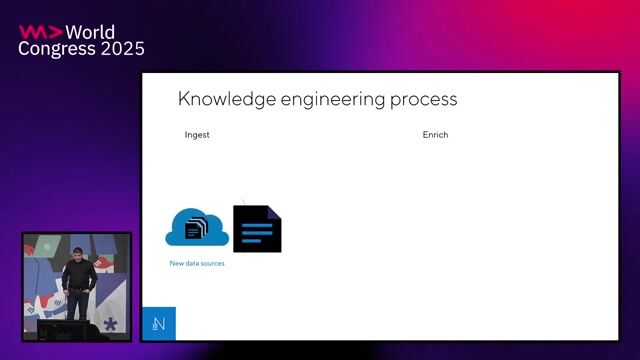
15:49 MIN
Understanding retrieval-augmented generation (RAG)
Exploring LLMs across clouds

01:32 MIN
How RAG provides LLMs with up-to-date context
How to scrape modern websites to feed AI agents
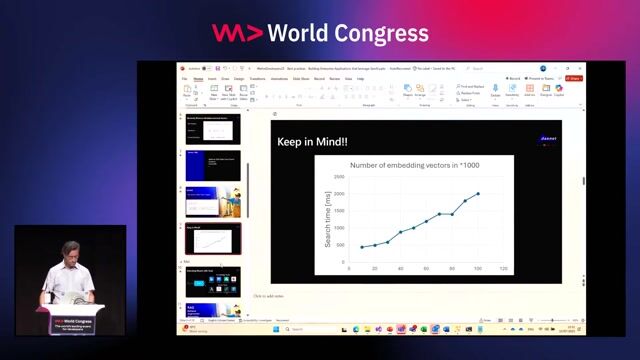
12:50 MIN
Using RAG to extend LLM knowledge without retraining
Best practices: Building Enterprise Applications that leverage GenAI
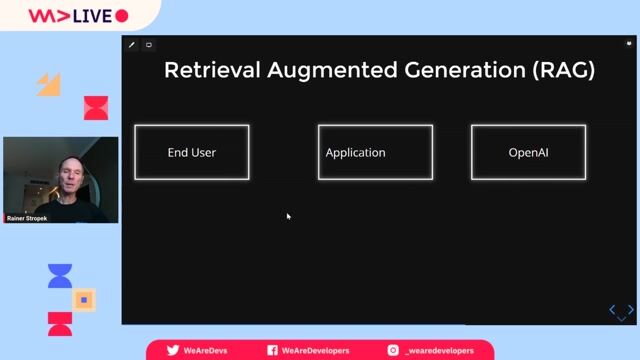
15:24 MIN
Implementing the Retrieval-Augmented Generation (RAG) pattern
Develop AI-powered Applications with OpenAI Embeddings and Azure Search

00:57 MIN
Why large language models need retrieval augmented generation
Build RAG from Scratch
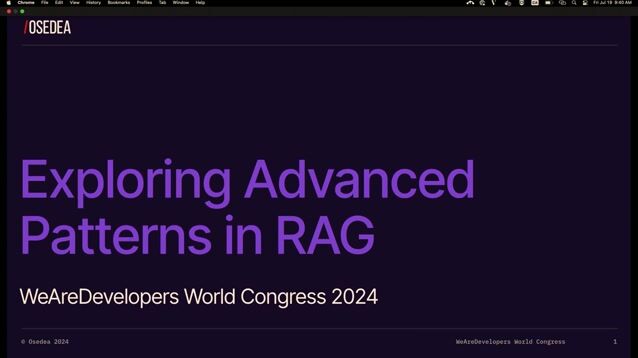
00:15 MIN
Understanding the basic RAG pipeline and its limitations
Carl Lapierre - Exploring Advanced Patterns in Retrieval-Augmented Generation
Featured Partners
Related Videos
 28:04
28:04Build RAG from Scratch
Phil Nash
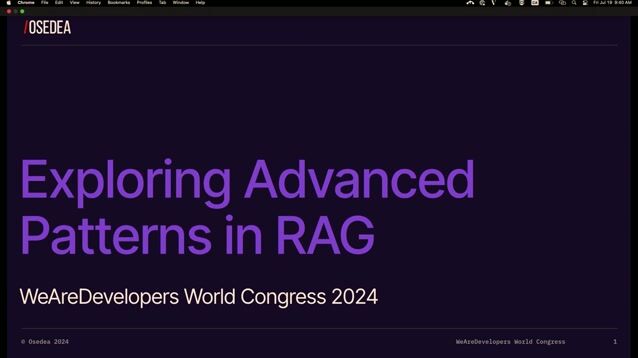 21:17
21:17Carl Lapierre - Exploring Advanced Patterns in Retrieval-Augmented Generation
Carl Lapierre
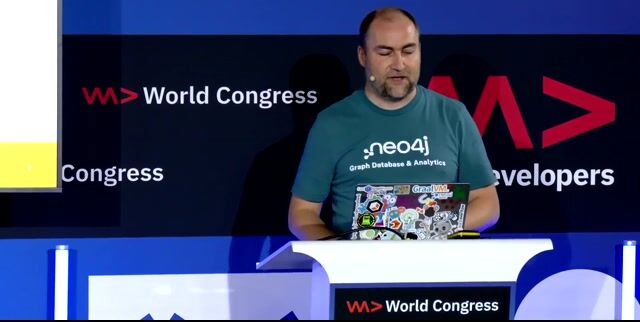 29:11
29:11Large Language Models ❤️ Knowledge Graphs
Michael Hunger
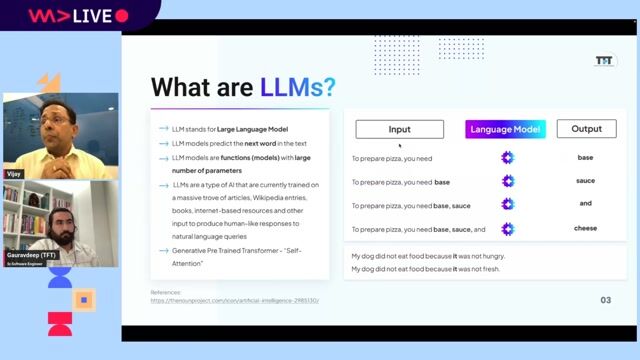 58:00
58:00Creating Industry ready solutions with LLM Models
Vijay Krishan Gupta & Gauravdeep Singh Lotey
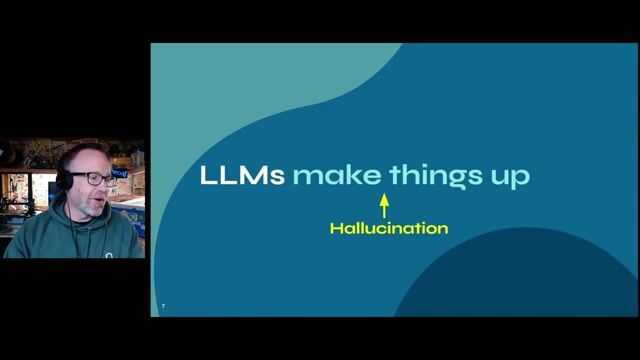 24:42
24:42Martin O'Hanlon - Make LLMs make sense with GraphRAG
Martin O'Hanlon
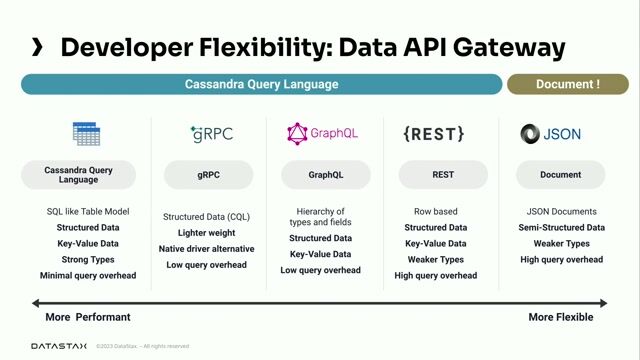 28:20
28:20Building Real-Time AI/ML Agents with Distributed Data using Apache Cassandra and Astra DB
Dieter Flick
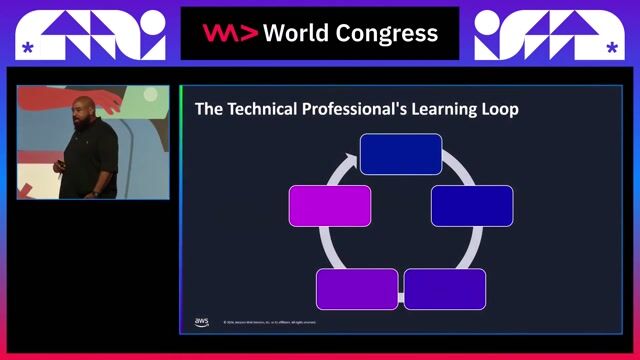 26:54
26:54Make it simple, using generative AI to accelerate learning
Duan Lightfoot
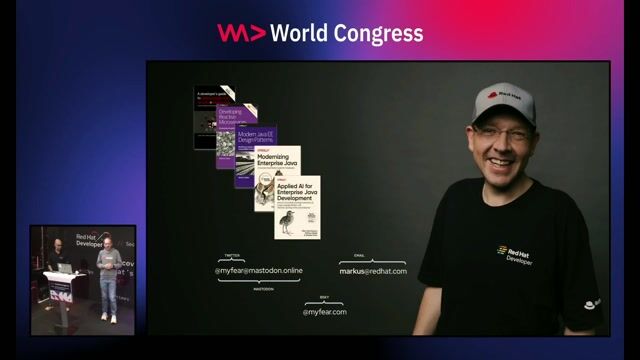 28:17
28:17RAG like a hero with Docling
Alex Soto & Markus Eisele
From learning to earning
Jobs that call for the skills explored in this talk.



AIML -Machine Learning Research, DMLI
Apple
Python
PyTorch
TensorFlow
Machine Learning
Natural Language Processing

Data Scientist- Python/MLflow-NLP/MLOps/Generative AI
ITech Consult AG
Azure
Python
PyTorch
TensorFlow
Machine Learning




